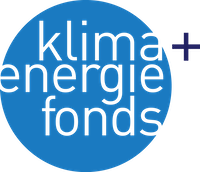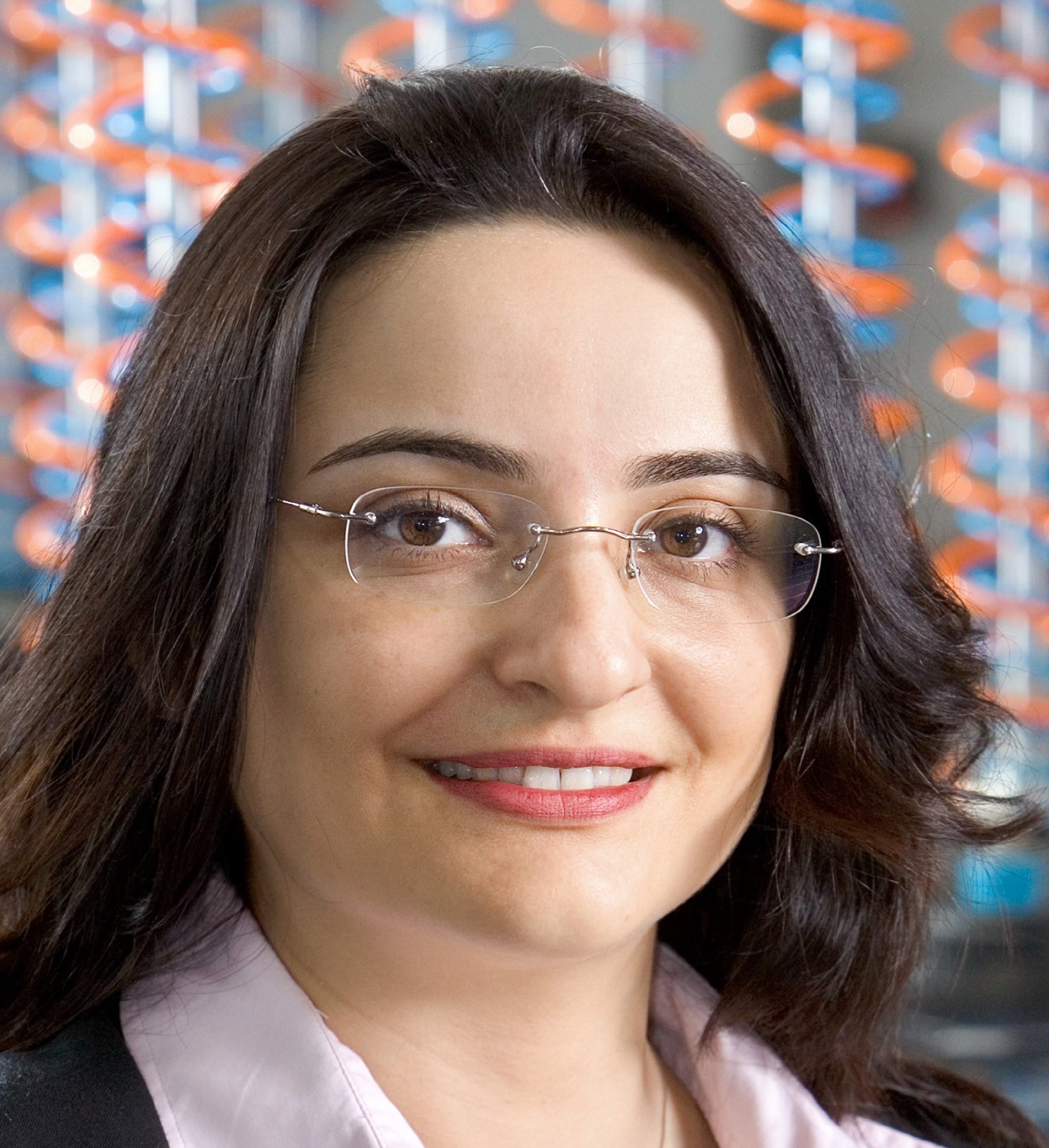BI-FACE High-efficiency bifacial PV Modules and Systems for flat roofs
The scope of the project BI-FACE was to develop innovative bifacial modules and systems for flat roofs. The results included three novel variations for bifacial modules and systems which were tested in three different climate areas: subtropical (Cyprus), temperate (Austria) and maritime temperate (Netherlands). The ultimate design of these systems was challenging due to the large number of parameters that influence the energy yield (e. g. tilt and distance between modules, reflecting surfaces, shading, cell spacing, materials used and weather conditions).
A holistic approach to energy performance needed to take the aspect of standardization into account pusing rapid market introduction. Therefore, critical effort were put in to harmonized performance characterization of bifacial PV modules in a factory and laboratory settings.
The layout and mounting design of a bifacial system is critical to obtain the maximum possible performance on flat roofs. The construction demands with respect to wind load, stability, total weight (incl. ballast) and maximum allowed weight on a roof are directly influenced by this and need to be critically examined in parallel. The used approach compared theoretical investigations with tests in the laboratory and in the field.
The project BI-FACE aimed to develop technically as well as economically novel bifacial PV systems to exploit the enormous potential of this technology.
Ausgangssituation
Although bifacial cells need some additional manufacturing steps, from an economical point of view the production costs are comparable
and the yield increase can be approximated by up to 30%. Today one of the most effective ways to include PV is the usage of solar
panels on manufacturing sites and public buildings, where the generated power is used immediately. In many of these buildings, flat roofs are state of the art. Therefore the project BI-FACE focused on optimized lightweight bifacial PV systems for flat roofs.
The first main challenge was the optimization of the module itself, such as the used components and design rules. Novel materials for i.e. encapsulation and glass / foil were evaluated for costs as well as reliability. Furthermore, the manufacturing process was not well analyzed and needded optimization. Besides that, also the characterization of the built modules was still challenging. At the Begining of the project the characterization
of bifacial modules was not well defined, labelling was therefore unprecise and unsatisfactory for customers as well as for manufacturers.
Especially the lack of harmony between laboratory and manufacturing characterization was huge. Parallel to these module aspects the second main challenge was the optimization of the overall system design, where a focus had to be on the layout and mounting design of the system and its effects on energy performance. Energy performance of a system, is critically influenced by, for example,structure and albedo of the roof, influences of surrounding modules and shape of the modules and should be evaluated and optimized to achieve maximum performance. The structure of the system directly influences the construction demands that are related to it, for example
its effect on ballast needed due to added wind load. This contradicts the requirements of many flat roofs, as many cannot handle heavy
weights. This combined optimization of module, system and construction needs to be combined with the economic need to have high energy yield at low costs.
Projektverlauf
1) Radiation transfer model was simulated. Transparency model for “real life” module was elaborated (based on a spec sheet) and delivered to be used in energy yield modeling by TNO
2) 61 mini-modules were designed and developed with different components
3) Analysing procedure for the minimodules were defined and partly done
4) Albedo measurement device was developed
5) Best material for the highest albedo was determined
6) Four reference modules were measured and a guideline for measuring at fab is developed.
7) Planning of the modules design was developed.
8) With PV modules and 70 % bifaciality, up to 20 % yield gain in kWh is possible for a realistic rooftop system
9) The monitoring at all sites was in operation about one year. In addition to simply recording the produced kWh, an energy yield analysis was done by TNO with bifacial modules and diffuse reflection surfaces. The tool allows to specify the module bifaciality and handles transparency that arises because of light passing through the gaps between cells in glass-glass of glass – transparent backsheet modules.
Meilensteine
- Novel lightweight bifacial modules and systems for flat roofs for representative climates in Europe
- Innovative, comprehensive models for design and installation of bifacial modules and systems including construction requirements
- Novel manufacturing strategies
- New performance and characterization measurements
"3 european research insitutes and 3 industrial partners achieved to develop innovative low weight bifacial modules for flat roofs, and model them according to high wind and snow load appropriate for three different climates in europe."
– Shokufeh Zamini –
Ergebnisse
The main results of the project in details are:
(1) New validated simulation tools for bifacial modules and systems, including simulation of the wind load is available
The project aimed at simulating energy yield for bifacial modules and systems, taking into account the construction needs of systems on flat roofs. The simulation was based on the model of bifacial modules and systems with appropriate characterization, weather conditions and other influential parameters (temperature, shadings, reflections, applications, albedo etc.). The models were validated in outdoor conditions.
(2) Modeled and validated standardization advice for characterization of bifacial modules.
(3) New high efficiency bifacial modules and systems were developed.
The new design leading to the advances in the state of the art of bifacial modules is to co-develop and co-optimize new bifacial modules and systems, which will allow an increased efficiency and energy yield, and provide a significant reduction of electricity generation costs were proposed.
(4) Outdoor performance qualification of the bifacial system in different European climate zones, wind and snow load conditions were performed.
The optimized bifacial systems were placed on flat rooftops in the three different European climate zones (subtropical, maritime temperate and temperate) and subjected to significant load conditions, in both wind (near North Sea) and snow (Alps). This provided the European community with the needed input to what end-users can expect from bifacial systems.
(5) Guidelines for flash tester upgrade at the module manufacturer’s site was developed.
Another innovation concerns performance evaluation after module manufacturing. During the project, strategies to accurately obtain the module performance with the flash tester, available at the manufacturer’s site, was evaluated.
Steckbrief
-
Projektnummer863515
-
Koordinator
-
ProjektleitungShokufeh Zamini, Shokufeh.Zamini@ait.ac.at
-
Partner
-
SchlagwörterBifacial technology, PV energy yield, PV performance, PV-modelling
-
FörderprogrammSolar ERA.NET CoFund
-
Budget1.158.224 €



